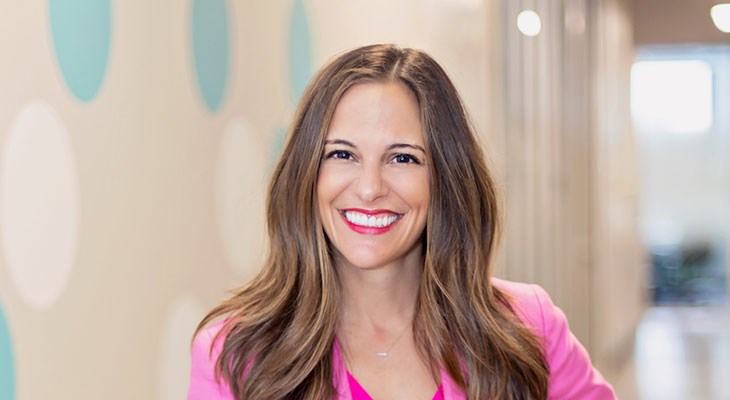Allie Danziger, SVP and GM at AscentUP and Ascent Funding, has exited from two businesses. Because of her experience through the first, she learned several lessons that informed how she approached the second.
"The first one was not planned," Danziger said during the Houston Smart Business Dealmakers Conference. "It's not like I went into that business planning to sell that company. An opportunity just kind of presented itself that allowed me to do that and change the trajectory of the company, and, frankly, my future."
Because she started her first business when she was 24 and ran it for 13 years before selling, the company became part of who she was. So, selling it was very personal.
"When you're no longer the boss of that company, because I merged with another group, it was hard at times to not be that boss and in control of decisions and aware of everything that's happening company wide," she says.
It was a lesson when starting he second company not to take things so personally.
"This isn't my child, this is a business. I have 29 other investors in this company, too, and many employees who are all ingrained in the same mission and vision and we're all working together towards this," Danziger says. "It certainly helped reframe things a lot when selling that company just to not take every single deal point so personally. And in every negotiation, really think about it from being able to put both shoes on — think about it from my perspective of what I really want as the seller but then also think from the buyer. What are they really getting here? And I'm going to be part of this combined company, too, what would I do if I was in his shoes?"
As the sole owner and a deal for the first company coming together quickly, she says she included last-minute structures for the benefit of key employees, negotiating bonuses and incentives to stick around in the combined company. When she built the second company, she knew from day one that there was going to be an exit. That changed her approach to structuring.
"It was very specific in the employees that I brought in how much equity I was giving them — maybe too much, maybe too little — but still making it very clear to everyone from day one that there was an exit in the future," she says. "And it was a main reason that they came on board to a company that had no money and had just a really great vision and idea at the beginning. But that was the biggest way that I could recruit great talent."
After the first deal, the two companies initially ran the businesses side by side, something she wouldn't recommend.
"It kept us from truly merging right away," she says. "So, second time around, lesson learned, I didn't want to have that same experience."
With the second business, she says she believed in and was excited by the combined vision so much that she flew out multiple times to the partnering company, sitting down with the product and the marketing teams to strategize and talk through what things were going to look like. That meant that soon into the integration, they didn't need to whiteboard anything anymore or put plans together. Instead, they could just start activating right away. Had it not been for the early legwork, it likely would have been a full year.
She also learned a lesson regarding how best to communicate a deal to her employees.
"For my first business, I had about 30 employees who were all under the age of 30. So, very young employees who had never been through anything like this before. And I was terrified to tell them because they don't know what this means. And I didn't want them to leave. It's a service-based business. They can't leave. My clients couldn't leave — that was the deal," Danziger says. "We had to be very specific and diligent about who we told and when. And it was this one-on-one with the management team and then I did an all-company meeting the day of the deal. Didn't know how the response would be. Like, are they going to cry? Are they going to celebrate? And it turned out that everyone understood. We messaged it properly. And we had champagne, and all was good."
The second time around, she says she told the whole company from day one. She had taken outside money and operated as if the business were for sale every single day — if the right opportunity comes along, she would entertain it. And because of that, she needed her team to be willing to pick up the slack while she was doing that.
"The same time as CEO of that business I was always raising money," she says. "I was always in deal mode and running processes and traveling for those things. And that was one of my key KPIs or key things that I was doing at the business. It was built to run without me in the day-to-day business so that I could focus on this. And I think that was key in getting the deal done quickly and efficiently, and again, being able to focus on the integration and not worrying too much on balls dropping in the day-to-day business."




